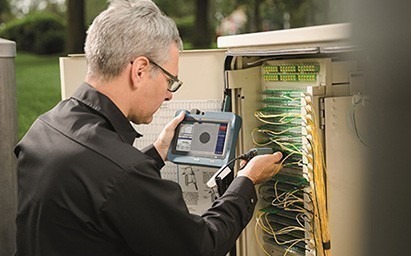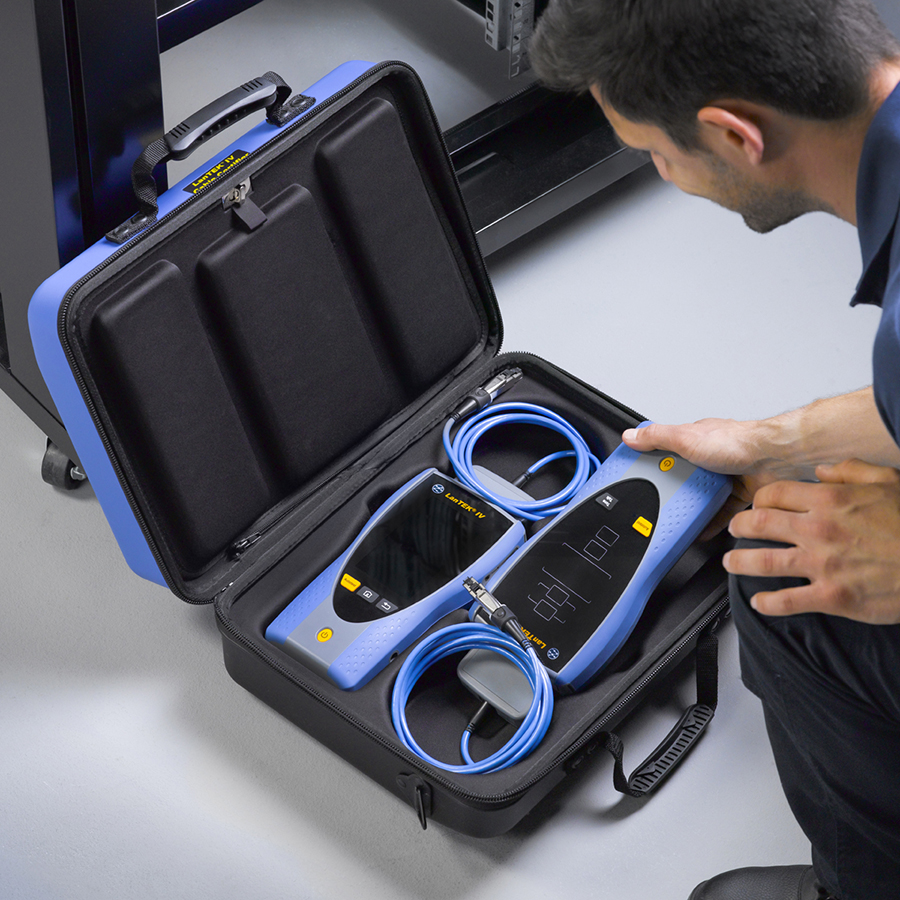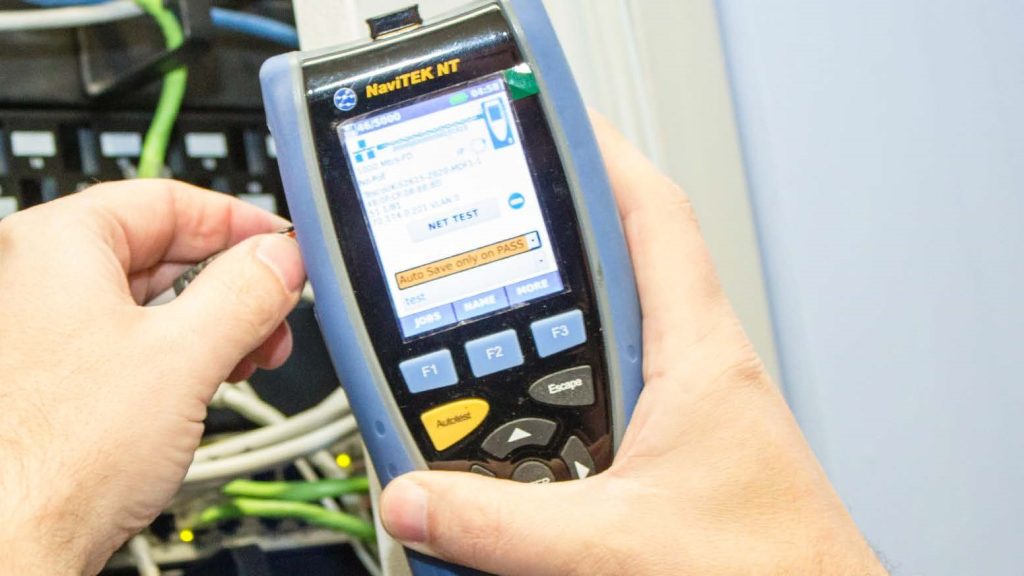IDEAL Networks offers guidance for Tier-1 and Tier-2 fibre optic testing
To help cable installers and maintenance technicians select the correct fibre optic testing equipment, IDEAL Networks has published a new, free White Paper which offers guidance on the different tiers for certifying fibre optic cabling.
“Unlike copper cabling, there are two tiers available when certifying fibre optic cabling and these dictate which type of tests must be performed, and therefore which testers should be used,” says Dan Payerle, Business Unit Manager for IDEAL Networks.
“To remove confusion around which type of test should be used, and whether performing Tier-2 certification also meets the requirements of Tier-1 certification, the White Paper clarifies the different requirements in detail as well as looking at the advantages of different testers and how they work,” continues Dan.
Tier-1 certification is a measurement of the total insertion loss (or attenuation) of cabling from one end of the link to the other and either uses an optical power meter and optical light source (PM/LS) or an optical loss test set (OLTS) for testing. Tier-2 certification includes the measurements performed during Tier-1 testing, and it additionally provides loss information about each component of the link. Using an OTDR (optical time domain reflectometer) provides a graphical representation of each connection, splice and cable segment in the link and their performance.
When fibre certification is required, it is good practice to perform a Tier-1 test, and optionally conduct a Tier-2 test. Although an OTDR can show the total link loss like an OLTS does, Tier-2 certification does not replace Tier-1 certification. Tier-2 certification supplements Tier-1 certification.
An OLTS, such as the IDEAL Networks OC I Tier-1 fibre cable certifier, measures the true optical loss of the link which makes it the most accurate way to determine end to end loss of a link and a requirement for Tier-1 certification. However, an OTDR, like OTDR II from IDEAL Networks, characterises the link under test and can offer additional advantages, such as advanced troubleshooting for faster repairs.
“Ultimately the required testing is an agreement between the cabling contractor and their customer,” says Dan. “However, in order to provide customer satisfaction, it is essential that fibre optic installers understand the different tiers and therefore which certification reports will provide the necessary assurance.”
To learn more, installers and technicians can download the full White Paper ‘Tier 1 vs. Tier 2 Fiber Optic Certification’, here: www.idealnetworks.net/can/






